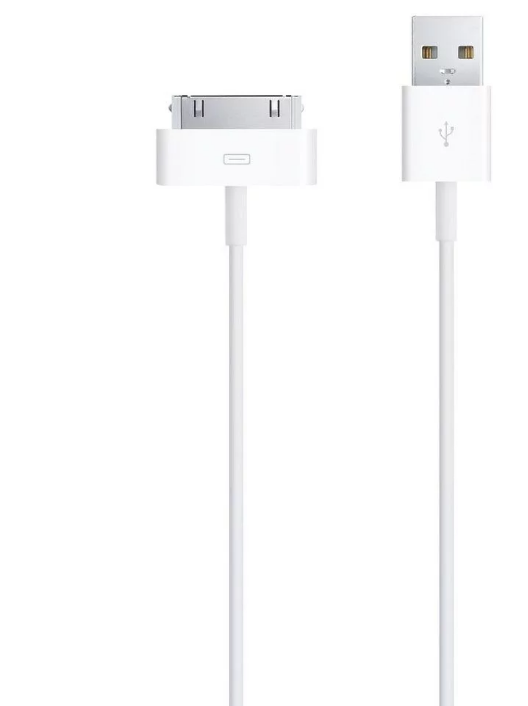The past and present of the Lighting data line
As we all know, starting from iPhone5, Apple’s mobile phone has abandoned the 30-pin large interface and adopted the new Lighting interface. The 30-pin interface is Apple's first-generation self-developed interface, and it was also the moment when Apple truly foresaw the future.
30-pin is widely used in Apple's ecology such as iPhone, iPad, iPod, etc. In terms of function, it can use Android's Micro USB (only for data transmission and charging), which supports audio transmission and other functions. But the shortcomings are also very obvious, that is, the front and back of the interface are very similar, but it cannot be blindly inserted. Some users work hard to perform miracles, so the damage rate is also very high, and the space occupied by this interface is too large, compared to Micro USB is petite, it is simply a giant and the space for highly integrated electronic devices is huge.

Compared with the 30-pin Dock, the volume of the Lighting data cable has been reduced by 80%, so the iPhone5 is thinner than the iPhone4s. The 30-pin has become 8 pins (actually 9-pins) for both front and back. The two ends actually protrude slightly, and there is a recess on the side to make it easy to jam the interface.
Of course, the Lighting interface also reduces some functions, such as the audio output mentioned above. Therefore, if a speaker wants to support iPhone5, it must have its own DAC, but this will increase the volume and cost. Therefore, the adapter cable with DAC included with iPhone 7 and 8 is not included in the more expensive X and Xs, which means that users can buy AirPods in disguise. These designs have obvious advantages over Android's Micro USB.
Of course, after the release of Type-C, these advantages, Apple's excellent and unique Lighting is very outdated. Compared with the continuously upgraded Type-C, the current Lighting has no advantages in terms of function or quality.
In terms of data transmission, the speed of Thunderbolt 3 and USB3.1 GEN2 is much faster than the transmission of the Lighting interface, and the ancient USB2.0 is used in Lighting.
Regarding the charging rate, the poor Lighting is only 2.4A at full load, and it is good to be able to maintain 2A with the strength. And Type-C (E-Mark) can reach a current of 5A.
The popular science here is under the MFi agreement, which is that Apple allows others to produce cables (not just data cables) approved by itself for iPhone, iPad, and iPod. It is very difficult to pass certification, and only less than 2% of manufacturers can pass it. That is "Made for iPhone iPad iPod", the irony is that the latest iPad Pro uses Type-C and does not support its own Apple charging protocol.

















View More(Total0)Comment Lists